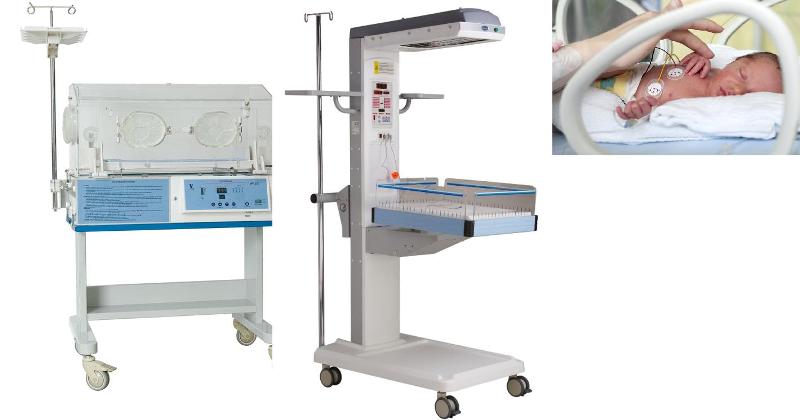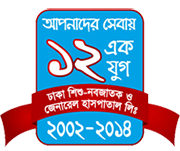Closed incubator / radiant warmer
Incubators and radiant warmers are used to maintain the body temperature of newborn infants. This is best done so that
the energy expended for metabolic heat production is minimized. The heat output of these devices is usually regulated
by servocontrol to keep the skin temperature constant at a site on the abdomen where a thermistor probe is attached.
In incubators, air temperature can also be controlled as an alternative to skin temperature servocontrol. Increased ambient
humidity, heat shields and clothing have been used to decrease the evaporative or nonevaporative heat loss of infants in
incubators under certain conditions. Double-walled incubators, by adding a second inner layer of Plexiglas, reduce radiant
heat loss. They may also reduce total heat loss, but only if air temperature is controlled rather than skin temperature. The
minimal oxygen consumption under a radiant warmer is the same or perhaps slightly higher than it is for the same infant in an
incubator. Compared with incubators, the partition of body heat loss is quite different under radiant warmers. Radiant warmers
increase convective and evaporative heat loss and insensible water loss but eliminate radiant heat loss or change it to net gain.
A heat shield of thin polyethylene film can be used with a radiant warmer to reduce heat loss by convection and evaporation. The
major advantage of the radiant warmer is the easy access it provides to critically-ill infants without disturbing the thermal
environment. Its major disadvantage is the increase in insensible water loss produced by the radiant warmer. Most infants can be
safely and adequately cared for in either incubator or radiant warmer bed.





